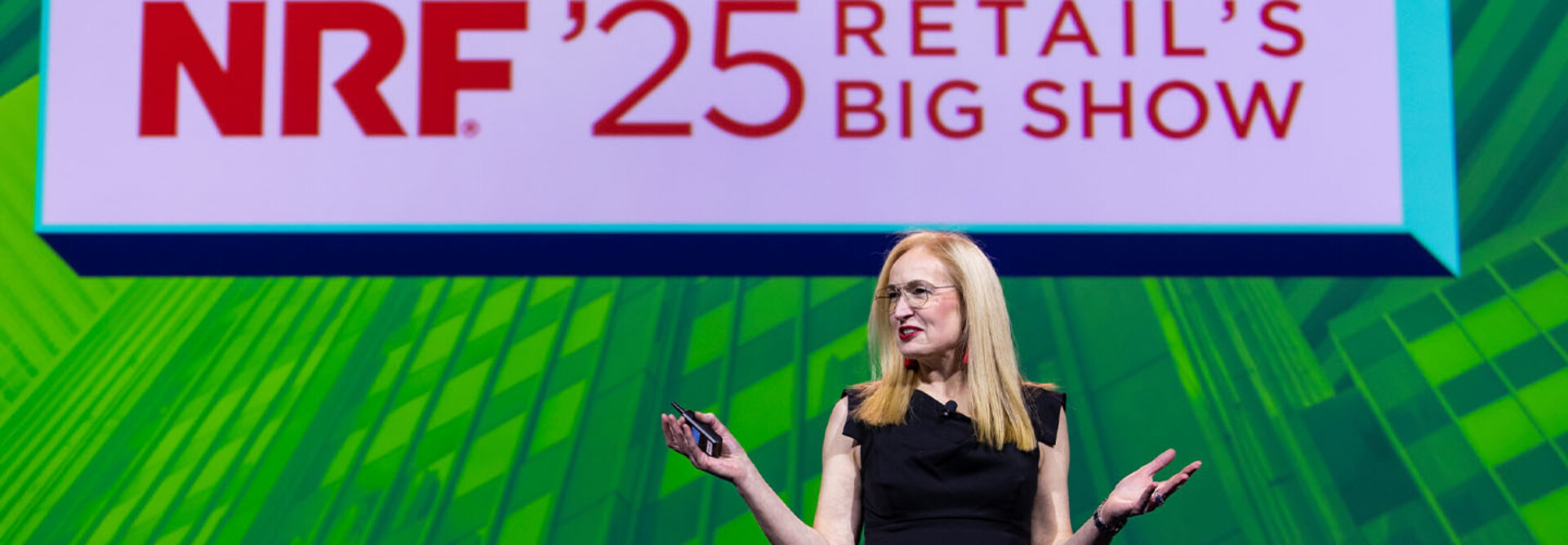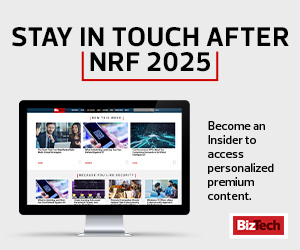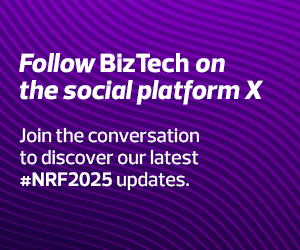Data and Devices That Power Seamless Shopping
To achieve unified commerce, retailers need to first unify their data. “If you're not doing a unified approach, you have three personas, and you might not even know they're the same person, right?” Andy Szanger, director of strategic industries at CDW, told BizTech.
“If it's truly unified data, I can now see what you did online, what you did in store, what you did in the mobile app,” he added. It gives the retailer 360-degree real-time insight into each consumer.
Matthew Guiste, global retail technology strategist at Zebra, sees retailers stacking software and hardware solutions together to power unified commerce behind the scenes.
RELATED: Unified commerce is one of four key trends defining retail this year.
These include point-of-sale systems, mobile devices for inventory management, self-service kiosks, Internet of Things sensors, e-commerce platforms and customer relationship management platforms that offer a “single source of truth” for all teams to engage with the data.
Connecting endpoints across the network is critical. “We make sure all those little pieces of the customer experience really show up in a unified way. Whether it's in a store, in a website, in an app, customers want it to all work together,” said Guiste.















